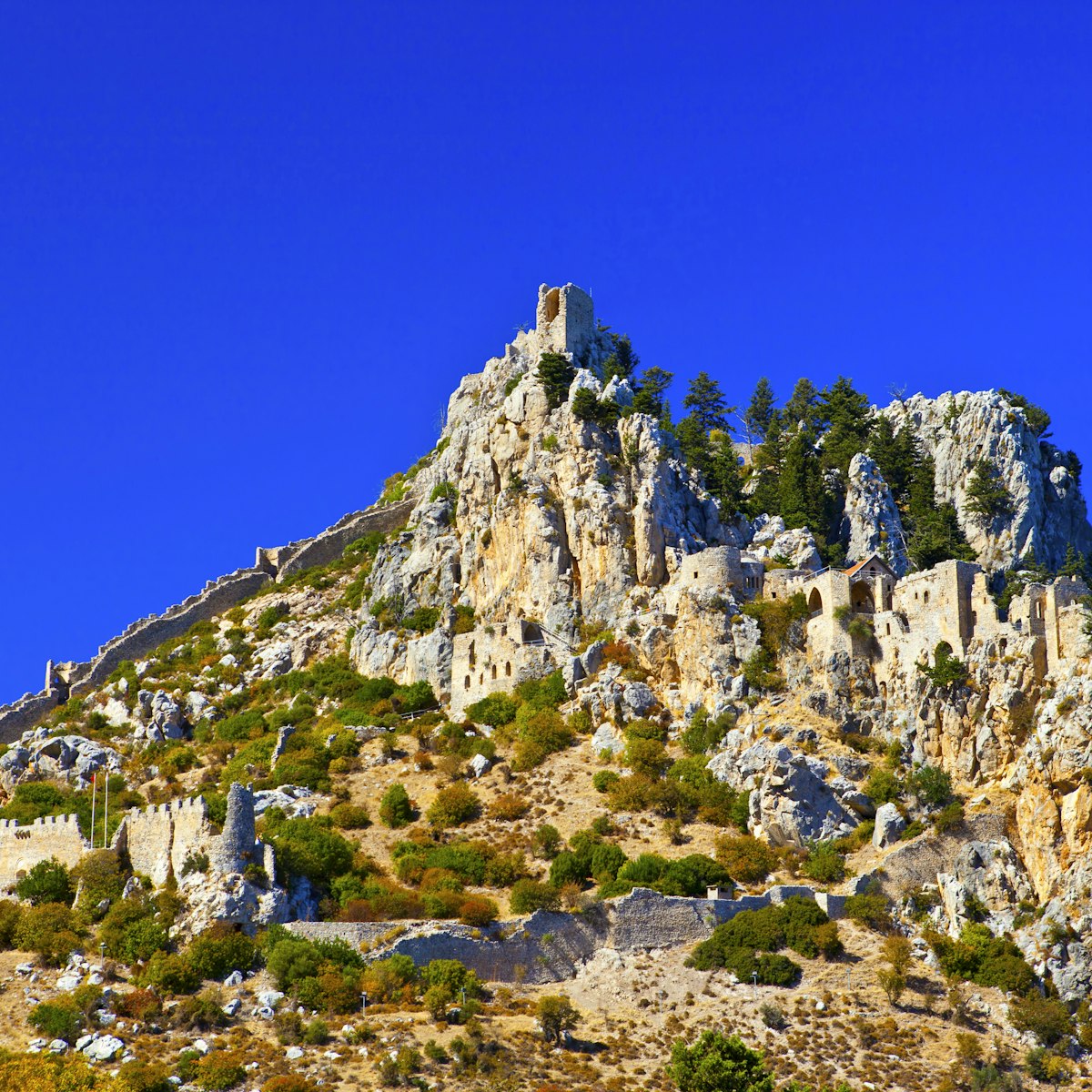One of Cyprus’ ancient city kingdoms, Soloi was originally referred to as Si-il-lu, on an Assyrian tribute list that dates from 700 BC.
The site consists of two main parts: the basilica near the entrance to the site, and the theatre, up the hill and south of the basilica. Most of the site has not yet been excavated but there are also some sparse ruins of a Roman-era agora north of the entrance, down the hill.
Soloi’s grandest period began in 580 BC, when King Philokyprios moved his capital here, from Aepia, on the advice of his mentor, the Athenian philosopher Solon. Philokyprios promptly renamed the citadel Soloi in his honour.
In 498 BC, with the island under Persian rule, Soloi was part of the Ionian revolt, formed by Onesilous, king of Salamis. He had united all the city-kingdoms of Cyprus (except Amathous) in an attempt to overthrow the empire, but was ultimately defeated.
Soloi then languished until Roman times, when it flourished once again thanks to its rich copper mines. As was the case in many parts of Cyprus, Soloi and its wealth suffered sacking and looting by Arab raiders in the 7th century AD.
Soloi Basilica
St Mark was baptised at Soloi by St Auxibius and its first church is thought to have been built in the 4th century. From what’s left today it is difficult to appreciate the size and extent of the church, which by all accounts was impressive.
Most notable are the surviving decorated floors, including the mosaic of a swan with entwined floral patterns and small dolphin nearby.
Roman Theatre
The Roman theatre is somewhat restored, after much of its original stonework, taken by the British in the late 19th century, was used to rebuild the dockside at Port Said.
The theatre is said to have been able to accommodate up to 4000 spectators in its day. The famous Roman statuette of Aphrodite of Soloi was discovered nearby. It is now on display in the Cyprus Museum in Nicosia (Lefkosia).







